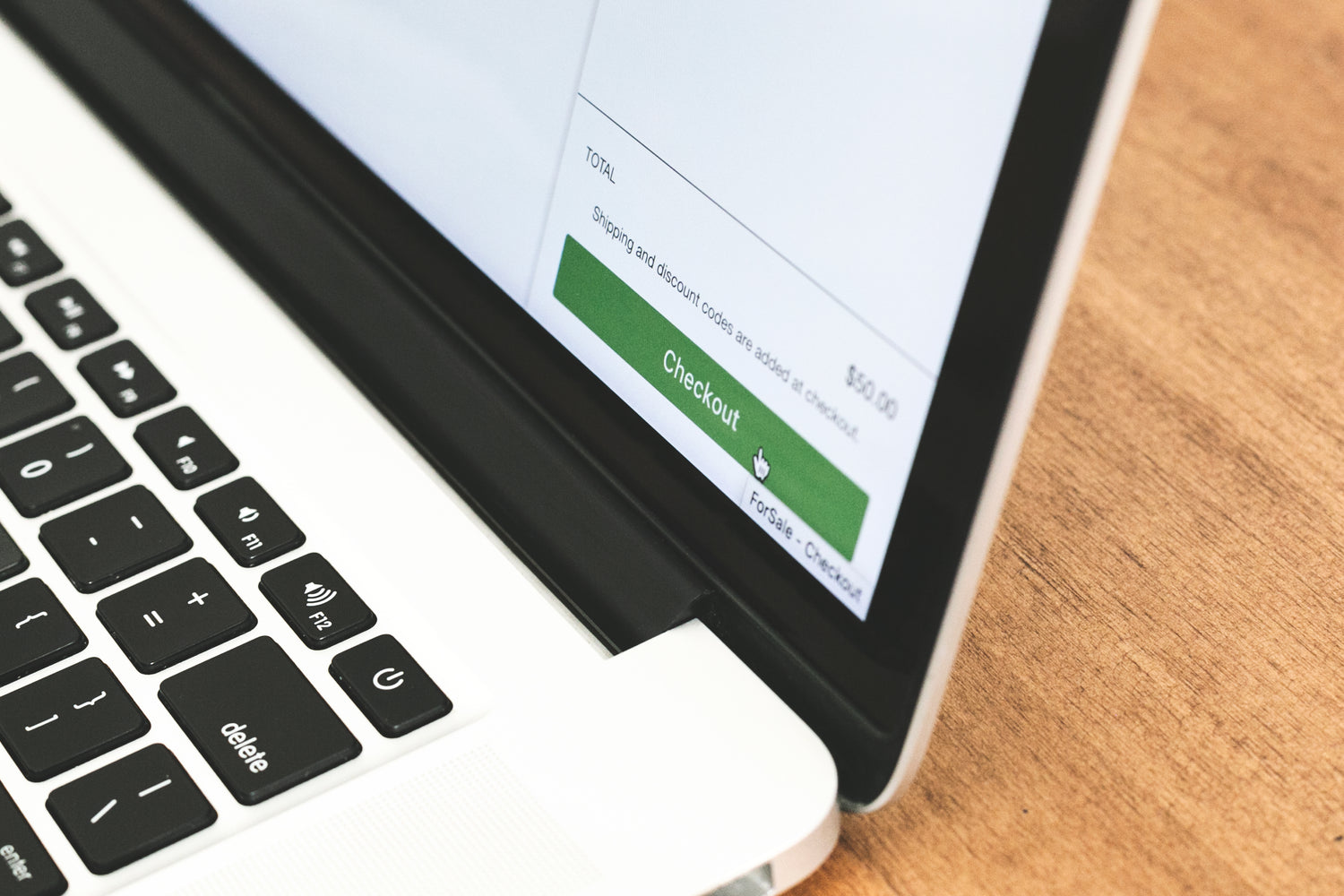How can research and analytics help your business?

Simply put, research and analytics allows you to benefit from some of the following:
- Gain insights into markets and customers: Acquire valuable intelligence about target audiences and personas, who they are, their needs, preferences, buying behaviours and values. You can use this information to formulate or refine your business or marketing strategy, products and services.
- Understanding the competitive lay of the land: Get a SWOT analysis on your competitor brands and customers who transact with them, the brands, products or services they consider and purchase, what makes them ‘sticky’ or loyal to a brand, their pricing sensitivity and customer experiences. You can learn about the drivers and barriers which influence market dynamics and maintain your advantage by keeping tabs on competitors.
- Improving customer experience: See how your customers behave in the real world, read about their pain and plus points (i.e., their experiences) in their words, understand their motivations, fears, needs and preferences. Use this intel to improve communications and reinforce customer satisfaction.

Demystifying data
Data and analytics can be daunting and convoluted process, but there are a number of ways to manage it better:
- Start with small chunks first: Don’t get in the weeds too fast and become overwhelmed by endless rows and columns of data. Rather, begin with a smaller but representative subset, or perhaps take a few different cuts of data and work across that. As a general rule of thumb, 200-400 rows of data can arguably be a reasonable starting point from which to start analysing data and make raw projections.
- Use simple data visualisations: Excel can work for simple projects but for more complex data warehouses, think about adopting a more suitable tools such as Power BI which is better equipped to plug into your database(s) and handle complex calculations. In my view, Power BI is better than Tableau for 95% of tasks as the userface is more intuitive, and is far easier to integrate with other Microsoft products. It's also more similar to Excel and therefore more user friendly and allows clients to operate it better. Any data visualisation tool you adopt should make it easy for you and your stakeholders to interpret the findings and make quick conclusions.
- Identify the most important KPIs/metrics for tracking: For this you might need some data modelling to identify the most and least important drivers for success. For example, "KPIs X,Y and Z were identified through statistical modelling as impacting the most on our sales so we will put these front and centre". Keep the lesser drivers in the background (still track them) but channel your time, energy and attention towards the metrics that actually matter and drive business performance.
These pointers can help you do more with data and make it more useful to your organisation. Remember that data is your friend; just keep it simple, avoid complicated frameworks and technical jargon and take a pragmatic approach instead. Less is more.

We're living in an age of data, some of it big and not so big, structured and unstructured, freely accessible and behind a paywall, useful and not so useful. Not all data is worth the same.
I've found that it’s often best to use a variety of methods to sift through data, identify patterns, summarise the data and ultimately pull out the key insights and provide recommendations back to clients. Mixing methods also allows one to cross-validate the findings; hopefully, different methods arrive at the same conclusion but in case they don't, then one might need to go back to the drawing board and reconcile these differences with the help of a professional of course.
